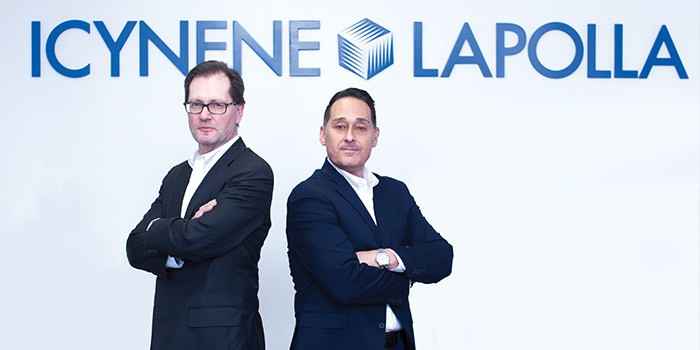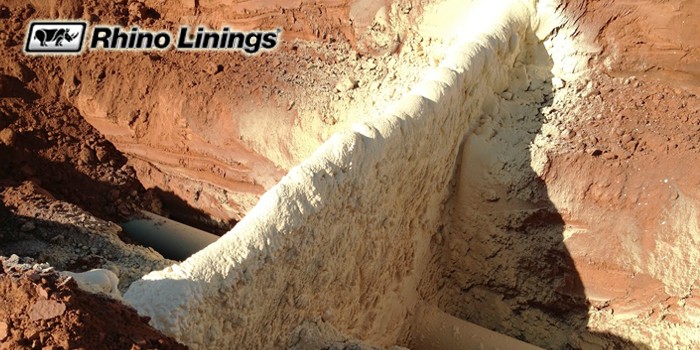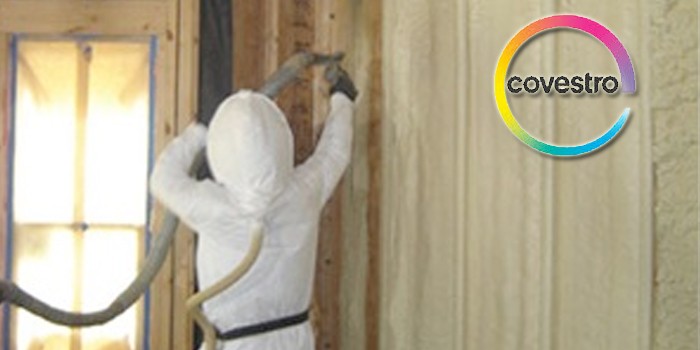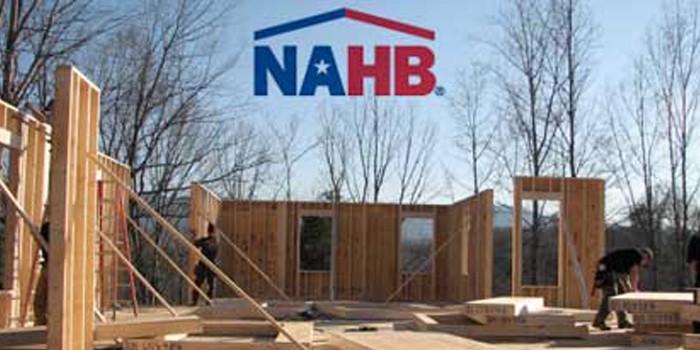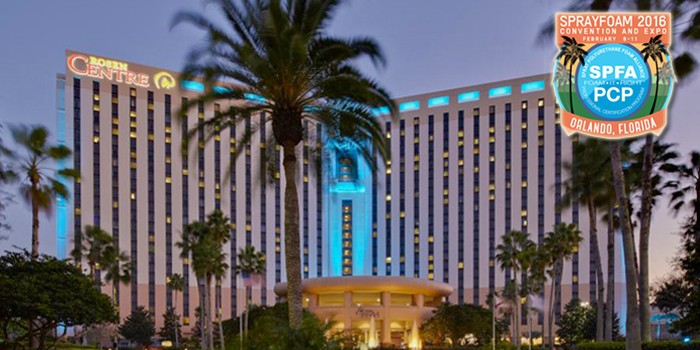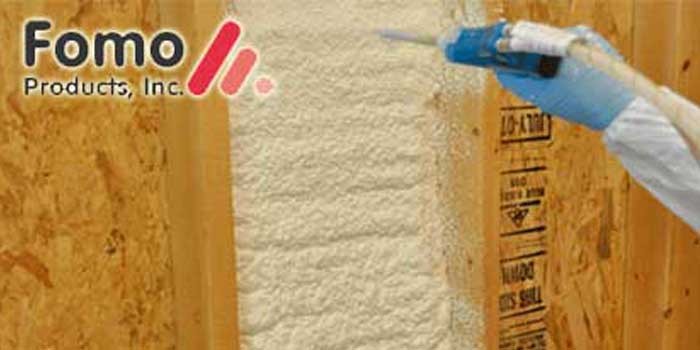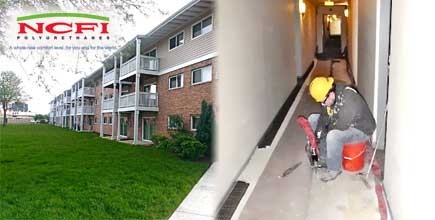
NCFI Geotechnical Foam, TerraThane, Helps Contractor Save Chicagoland Apartments
MOUNT AIRY, NC - June 18, 2013 - A newly purchased 17-building apartment complex in Rolling Meadows, IL, built in the early 1960s, has seen plenty of tenants make their homes there. When new owners went about making renovations they discovered one 18,000 sq. ft. building suffering from voids in the soil beneath the slabs ranging from five inches to almost two feet in diameter caused by the stratified compacting of the historically hydric wetlands sedimentary soil, and water and sewer main breaks over the years. The voids caused some uneven floors and left the door open for future problems like mold.
“We’ve been doing foundation work in Chicagoland for 30 years,” says Marty Sobelman, president of Atlas, Buffalo Grove, IL, a company that specializes in correcting concrete slab displacement by locating the voids in the subsoil, filling them, and lifting the concrete slabs to level. “This soil around here is tricky, and we’ve seen how large voids beneath concrete slab construction can wreck havoc on older buildings.”
The owners stipulated they needed the work done with minimal disruption to the comfort of their tenants.
“No problem”, said Sobelman. “We used over 450 cubic feet of a newer polyurethane foam system instead of the older heavy cement or mud material. With cement we’d have had to use more and heavier equipment, make larger drill holes in the slabs, create much more dust, experience higher labor costs, and the tenants would have to move out.”
Sobelman uses TerraThane Geotechnical Polyurethane Foam, by U.S. company, NCFI Polyurethanes.
“They pioneered polyurethane foams in the U.S. We’ve been using their products for at least 10 years, and we’re sold on TerraThane because it’s so much cleaner than the old cement method. We drill smaller holes in the slab (5/8” v. 2”), there is much less dust from the drilling and pumping, and the clean up is minimal. Cement grout leaks out of the packers and, often times, requires scrubbing equipment to remove."
Sobelman says TerraThane also has a rapid set-time.
“We’re on site less time which adds to our bottom line, and delights our clients with occupied units who want the job done right and fast.” He says another reason he uses TerraThane is that it is much lighter than cement. “Four or five pounds under pressure versus 135 lbs., with cement grout. Engineers love it because it lowers the surcharge load on the sub-base.”
Sobelman is extremely knowledgeable when it comes to concrete repair; he served as president of the International Concrete Repair Institute in 2007. He’s been in the industry for over 30 years and knows his manufacturers and the flood of newer geotechnical products too.
“In 10 years of using their products, we’ve never had a single problem with NCFI. Not one in all the time. They make products that are consistent—of the highest quality—and they back us up all the way to end of the job.” He says the customer support is exemplary then stops and adds with a laugh, “I wish I could tell you how well their engineers and tech guys are at solving our problems, but we just haven’t had any with their products.”
ABOUT NCFI: NCFI, headquartered in Mt. Airy, NC since 1964, manufactures polyurethane foam chemical systems for spray foam-in-place insulation (SPF), geotechnical, roofing, marine flotation, packaging, specialty molding, and many other uses. The company also offers a complete line of flexible foams for furniture seating, transportation seating, bedding, carpet underlay, and packaging. NCFI also has manufacturing plants in Hickory, N.C., Dalton, GA., and Salt Lake City, UT. To learn more about NCFI please visit www.NCFI.com. To learn more about NCFI please use the contact details and links provided below.


